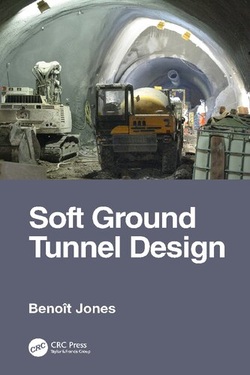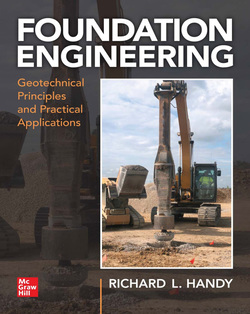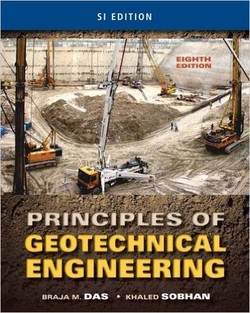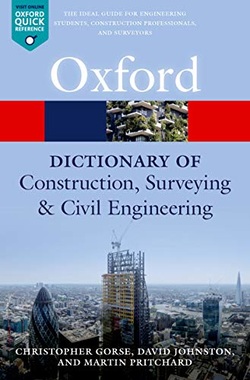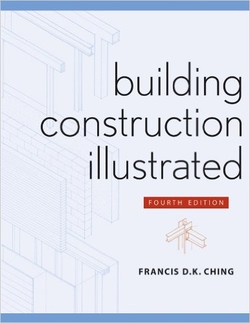سال انتشار: 2018 | تعداد صفحات: 455 | حجم فایل: 39.91 مگابایت | زبان: انگلیسی
Introduction to Tunnel Construction, 2nd Edition (Applied Geotechnics)
نویسنده:
David N. Chapman, Nicole Metje, Alfred Stark
ناشر:
CRC Press
ISBN10:
1498766242
ISBN13:
9781498766241




